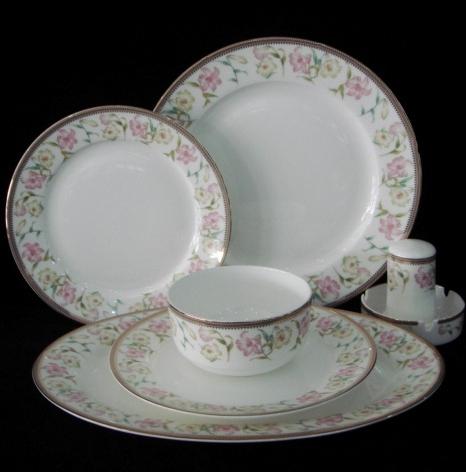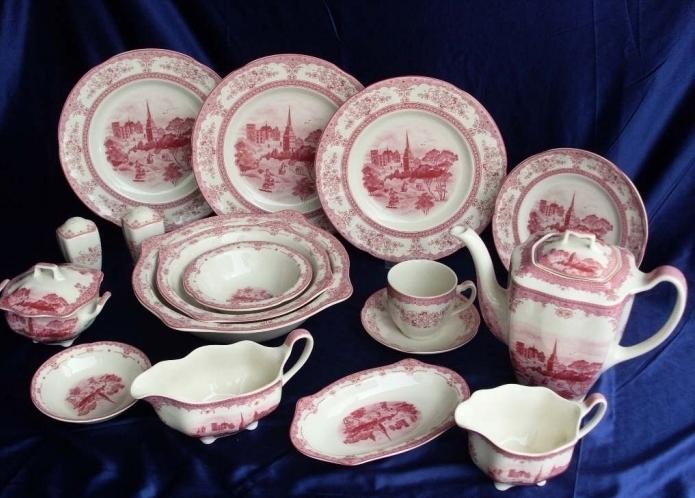If architecture is frozen music in stone, then porcelain is probably frozen moonlight. It is well known that porcelain was invented in China in the VI century. The secret of its production was guarded so strictly that it was only in the 16th century that Japan began to produce products like the Chinese. Porcelain is divided into hard and soft according to the composition of the porcelain mass. And some kind of connecting link between them is bone china. This precious type of ceramics is also called “white gold”. And it's not only the price or the uniqueness of production. Products from it can be attributed to works of art, perfect in its structure and form.
Birth story
Looking at white, with a delicate shade of baked milk, almost transparent fragile miracle, it is difficult to believe that the finished porcelain is fired at a temperature of 1250 degrees, glaze is applied and fired again, reducing the temperature by 100 degrees. Bone china was first invented in England in the mid-18th century at the Joshua Wedgwood factory. For many years, the monopoly on the production of products from it belonged to England. And the secret was that up to 50 percent of the burnt bone meal was added to the traditional liquid mass for making porcelain (a mixture of kaolin, spar and quartz) . So she gave the products amazing properties: lightness, translucency, smoothness and strength. But bone ash had to be prepared in a special way, so that bone china became that precious substance, the production of which the British so zealously guarded. Fortunately, any secrets necessarily become known. Porcelain produced in England conquered Europe, and then Asia. Ironically, China began to use bone china almost later than all other countries.

The conquest of Russia
In Russia, by the middle of the 18th century, majolica production was developed. Massive products from majolica were not inferior in quality to European ones. Peter I sought to create porcelain production in Russia, commanding him to learn the secret of porcelain production in Meissen. The attempt failed. Therefore, in 1724, at the faience factory of the merchant Grebenshchikov, and later in the St. Petersburg manufactory, they began to develop their own technological production. In 1744, the Lomonosov, or the Imperial, porcelain factory was founded in St. Petersburg , which became the first porcelain factory in Russia. It was here that Empress Elizabeth Petrovna made snuff-boxes, and then larger things: vases, dinner sets and, finally, dolls. The products of the Lomonosov Porcelain Factory (LFZ) were not much inferior in quality to the Chinese, but were much cheaper. But what about bone china? It began to be produced at the Lomonosov porcelain factory only in 1969. The first Russian product from this material was a cup. It took more than two years to develop the recipe, but LFZ bone china turned out to be better than English, thinner, whiter and more transparent. For its development, the plant specialists were awarded the USSR State Prize. And until now, the Lomonosov porcelain factory is the only one in Russia to produce priceless bone china.

Instead of curtsy
The popularity of porcelain in the world is determined by its properties: beauty, grace, a variety of forms, color palette. Porcelain ware keeps warm for a long time, statuettes, vases, sculptures can decorate any interior. Peerless bone china masterpieces are a kind of visiting card of Russia. They are presented to dignitaries, collectibles, exhibited in museums, they are decorated with magnificent palaces and cozy houses.